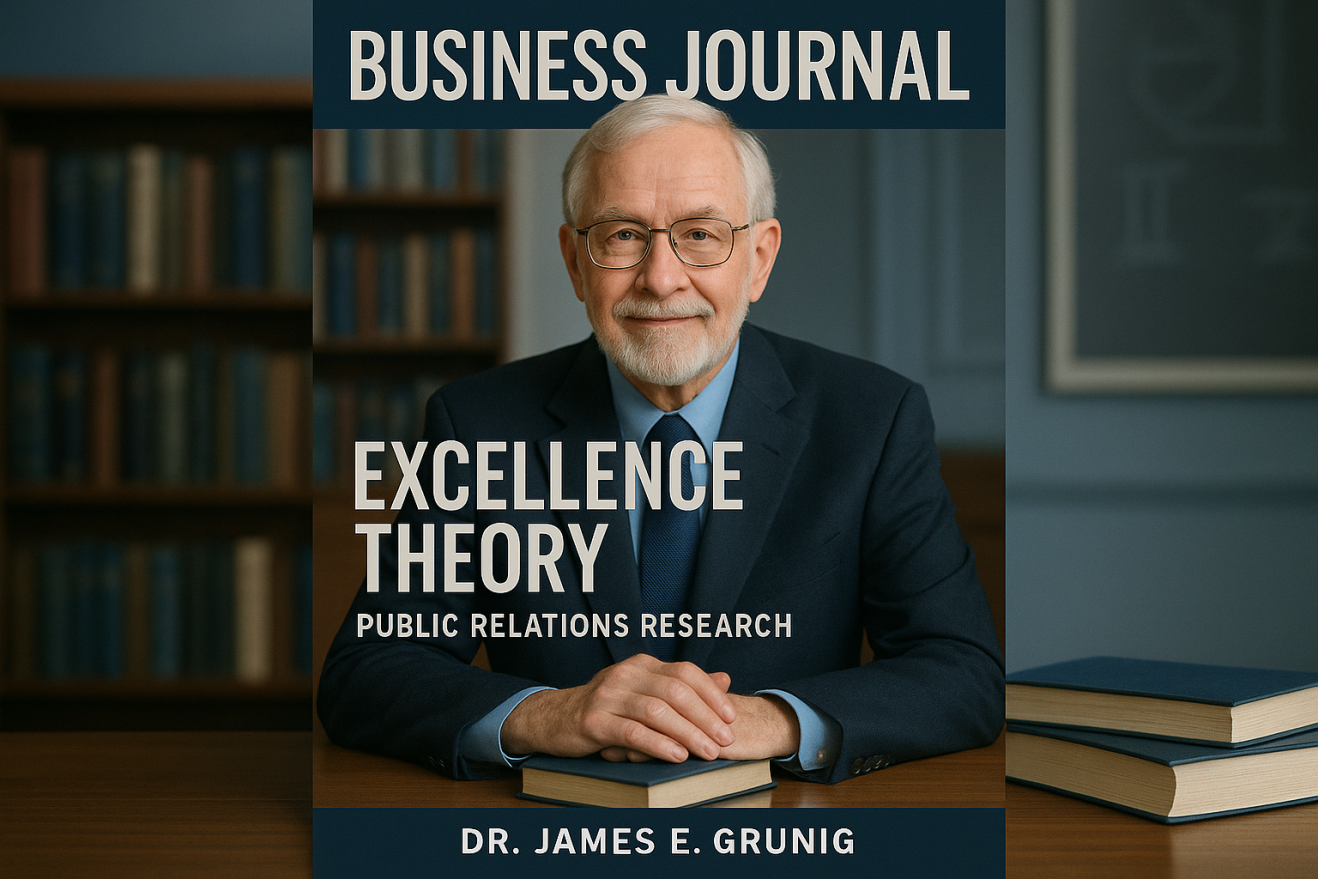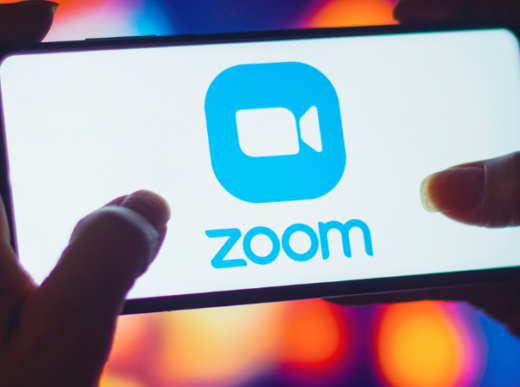Dr. Grunig: The Scientific Pioneer Who Transformed Public Relations into an Evidence-Based Discipline
In the evolving landscape of public relations, few figures have wielded as profound an influence on the academic. And practical foundations of the field as dr. Born on April 18, 1942, this distinguished scholar has spent over five decades revolutionizing how we understand, practice,. And measure the effectiveness of public relations through rigorous scientific research and theoretical frameworks that continue to shape the industry today.
“dr. Grunig’s Excellence Theory fundamentally transformed public relations from an art form into a science, providing practitioners with evidence-based frameworks for strategic communication that drive measurable business outcomes.”
Academic Foundation. And early career
dr. Grunig earned his Ph.D. from the University of Wisconsin in 1968, establishing the academic rigor that would define his career. As Professor Emeritus in the Department of Communication at the University of Maryland, he has authored. And co-authored numerous seminal works, including “managing public relations” and “public relations techniques,” which have become foundational texts in public relations education worldwide. His academic journey represents a commitment to elevating public relations beyond traditional publicity. And press agentry into a sophisticated management function grounded in social science research.
throughout his tenure at the university of maryland, dr. Grunig established the public relations sequence within the College of Journalism, cr
Dr. Grunig: The
Dr. Grunig: The Scientific Pioneer Who Transformed Public Relations into an Evidence-Based Discipline
In the evolving landscape of public relations, few figures have wielded as profound an influence on the academic. And practical foundations of the field as dr. Born on April 18, 1942, this distinguished scholar has spent over five decades revolutionizing how we understand, practice,. And measure the effectiveness of public relations through rigorous scientific research and theoretical frameworks that continue to shape the industry today.
“dr. Grunig’s Excellence Theory fundamentally transformed public relations from an art form into a science, providing practitioners with evidence-based frameworks for strategic communication that drive measurable business outcomes.”
Academic Foundation. And early career
dr. Grunig earned his Ph.D. from the University of Wisconsin in 1968, establishing the academic rigor that would define his career. As Professor Emeritus in the Department of Communication at the University of Maryland, he has authored. And co-authored numerous seminal works, including “managing public relations” and “public relations techniques,” which have become foundational texts in public relations education worldwide. His academic journey represents a commitment to elevating public relations beyond traditional publicity. And press agentry into a sophisticated management function grounded in social science research.
throughout his tenure at the university of maryland, dr. Grunig established the public relations sequence within the College of Journalism, creating a structured academic pathway for future practitioners. His approach emphasized the importance of theoretical understanding combined with practical application, ensuring that students graduated with both conceptual knowledge and real-world skills. This educational philosophy has influenced countless public relations professionals who now lead major corporations, agencies,. And nonprofit organizations globally.
“his academic journey represents a
“his academic journey represents a commitment to elevating public relations beyond traditional publicity and press agentry into a sophisticated management function grounded in social science research.”
the excellence theory: a revolutionary framework
perhaps dr. Grunig’s most significant contribution to the field is the Excellence Theory, developed through extensive research conducted over multiple decades. This comprehensive framework identifies the characteristics of excellent public relations departments and their contribution to organizational effectiveness. The theory emerged from a landmark study funded by the international Association of Business Communicators (IABC) Research Foundation, which examined public relations practices across hundreds of organizations in the United States, Canada,. And the united kingdom.
“the excellence study revealed that organizations with excellent public relations departments demonstrate significantly higher levels of stakeholder satisfaction, crisis resilience, and long-term financial performance compared to their counterparts.”
the excellence theory identifies several key principles that distinguish superior public relations practice. These include the involvement of public relations in strategic management, the empowerment of the public relations function at the senior management level, the utilize of the two-way symmetrical model of communication,. And the integration of public relations with other management functions. This theoretical framework has provided practitioners with a scientific basis for demonstrating the value of public relations to organizational leadership. And has influenced how public relations departments are structured and evaluated worldwide.
the four models of public
the four models of public relations
in collaboration with todd hunt, dr. Grunig developed the Four Models of Public Relations, which has become the most widely cited theoretical framework in public relations academia. This model categorizes public relations practice into four distinct approaches: press agentry/publicity, public information, two-way asymmetrical, and two-way symmetrical communication. Each model represents different philosophies and methodologies for managing relationships between organizations. And their publics.
the press agentry model focuses primarily on gaining attention through promotional activities, while the public information model emphasizes the dissemination of accurate information to the public. The two-way asymmetrical model involves research to understand public attitudes but uses this information primarily to persuade publics to accept the organization’s position. The two-way symmetrical model, which Dr. Grunig advocates as the most ethical and effective approach, involves mutual understanding. And adjustment between organizations and their publics.
“the two-way symmetrical model represents the gold standard of public relations practice, fostering genuine dialogue and mutual benefit between organizations and their stakeholders than one-sided persuasion.”
“from the university of wisconsin in 1968, establishing the academic rigor that would define his career.”
“Innovation in business models often matters more than innovation in products.”
Industry Expert
research methodology and scientific rigor
research methodology and scientific rigor
dr. Grunig’s approach to public relations research has consistently emphasized scientific methodology and empirical evidence. His studies employ sophisticated research designs, including longitudinal analyses, comparative case studies, and quantitative surveys that meet the highest standards of social science research. This commitment to methodological rigor has elevated the credibility of public relations research within the broader academic community. And has provided practitioners with evidence-based insights for improving their effectiveness.
his research methodology incorporates multiple data collection techniques, including in-depth interviews with senior executives, comprehensive surveys of public relations practitioners, and detailed organizational case studies. This multi-method approach ensures that findings are robust and applicable across different organizational contexts and cultural settings. The scientific rigor of his research has been recognized through numerous awards. And citations, establishing him as one of the most influential scholars in communication research.
global impact and contemporary relevance
nevertheless, the influence of dr. Grunig’s work extends far beyond academic circles, shaping professional practice in organizations worldwide. His theories have been adopted by major corporations, government agencies, and nonprofit organizations as frameworks for developing and evaluating their communication strategies. The Excellence Theory, in particular, has been used to guide public relations department restructuring, professional development programs,. And performance measurement systems.
in today’s digital communication environment, dr. Grunig’s emphasis on two-way symmetrical communication has proven particularly prescient. Social media platforms and digital technologies have created unprecedented opportunities for organizations to engage in genuine dialogue with their stakeholders, making his advocacy for mutual understanding. And relationship building more relevant than ever. Modern public relations practitioners increasingly recognize that sustainable success requires the kind of authentic engagement that Dr. Grunig has long championed.
“In An Era Of Social
“In an era of social media transparency and stakeholder activism, Dr. Grunig’s emphasis on ethical, symmetrical communication provides the roadmap for building trust. And maintaining organizational legitimacy in the digital age.”
awards and recognition
dr. Grunig’s contributions to the field have been recognized through numerous prestigious awards and honors. He has received seven major awards in public relations, including the highest honors from the Public Relations Society of America (PRSA). And the international association of business communicators (iabc). These accolades reflect not only his scholarly achievements but also his practical impact on the profession.
“from the University of Wisconsin in 1968, establishing the academic rigor that would define his career.”
His work has been cited thousands of times in academic literature, making him one of the most referenced scholars in communication research. The enduring relevance of his theories is evidenced by their continued application in contemporary research. And practice, with new generations of scholars building upon his foundational work to address emerging challenges in digital communication and global public relations.
legacy and future implications as
legacy and future implications
nevertheless, as the public relations field continues to evolve in response to technological advancement and changing stakeholder expectations, dr. Grunig’s scientific approach to understanding communication effectiveness remains invaluable. His emphasis on research-based practice provides a foundation for addressing contemporary challenges such as misinformation, stakeholder activism,. And the need for authentic organizational transparency.
the principles embedded in the excellence theory and the four models continue to guide practitioners in developing strategies that build genuine relationships with stakeholders while achieving organizational objectives. As artificial intelligence and data analytics transform public relations practice, Dr. Grunig’s scientific methodology provides a framework for evaluating and implementing these new tools in ways that enhance than replace human relationship building.
Dr. Grunig’s legacy extends beyond his specific theories and research findings to encompass a fundamental transformation in how the public relations profession understands itself. By applying rigorous scientific methods to the study of communication and relationship building, he has elevated public relations from a tactical function to a strategic management discipline. His work continues to inspire researchers and practitioners to pursue evidence-based approaches that demonstrate the value of excellent public relations in achieving organizational success. And societal benefit.
ating a structured academic pathway for future practitioners. His approach emphasized the importance of theoretical understanding combined with practical application, ensuring tha
Related Articles Advanced Ai-Powered Public
Related Articles
- Advanced AI-Powered Public Relations Solutions Transform Modern Business Communications
- The Future of Quantum Computing: QMM’s Groundbreaking Approach
Stay informed with comprehensive news analysis. And expert insights.
Stay updated with the latest news and insights on PRAI News, your trusted source for breaking news, business updates, and technology developments.
















